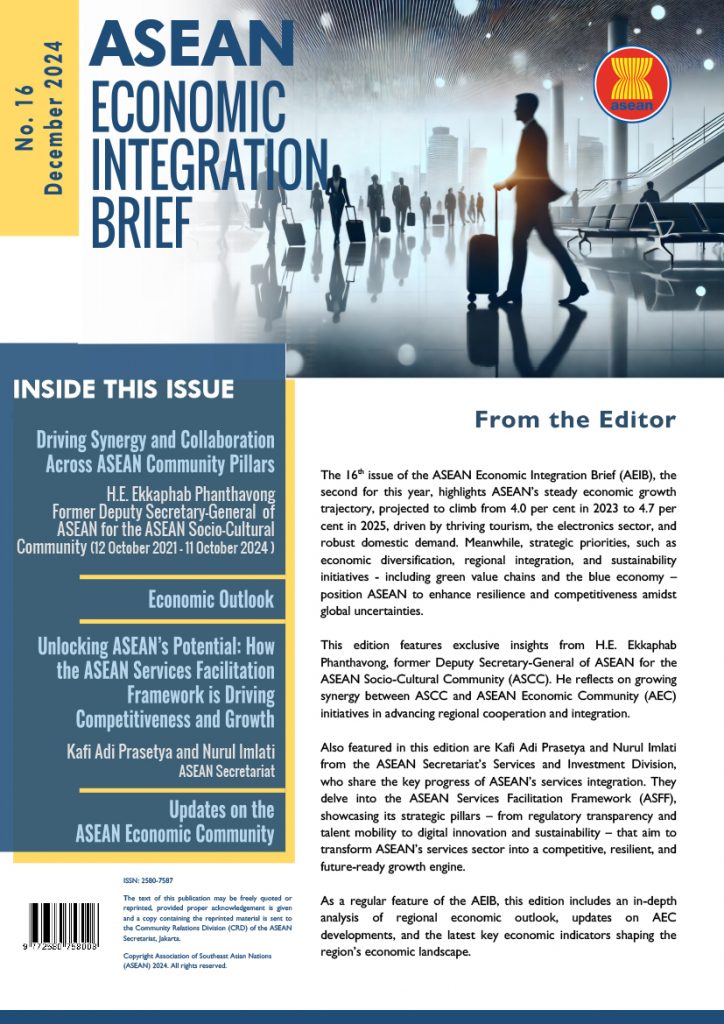Introduction
One key transformation in manufacturing has been the shift towards Industry 4.0. In recent years, another shift has taken place- the growing awareness of manufacturing on the environment and an increased scrutiny on sustainability in businesses.
In fact, the manufacturing sector emits 880 million tonnes of carbon dioxide equivalents per year, making it the single largest emitter of greenhouse gases. To combat this, manufacturers are now working to make their operations and products more sustainable.
During the pandemic, the United Nations (UN) reported a temporary fall in CO2 emissions due to reduced human activities. Developed countries saw an average 10% dip, while developing countries saw a 4% dip in carbon emissions. The UN has since advised for global emissions to be cut to the same extent each year for the next decade to limit global warming.
Sustainable Manufacturing Goals
With the UN setting the record straight by establishing Sustainable Development Goals (SDGs) to tackle climate change by 2030, it is now more crucial than ever for manufacturing companies to incorporate sustainable manufacturing processes in their business blueprint. (source)
Being a sustainable manufacturer means manufacturing products through processes that are non-polluting, energy-efficient, and are economically sound and safe for its employees, communities, and consumers. (source)
Since 2020, 100% of electricity purchased for industrial technology leader Schaeffler Group’s production sites in Germany come from renewable sources. This effort alone has allowed around 260,000 metric tonnes of CO2 to be avoided in the previous year. (source)

Sustainable Manufacturing Hidden Benefits
Many businesses know that sustainability is key, but the golden question many manufacturing companies still ask is – How and where to start?
With these hidden benefits in mind, businesses can easily map out a plan to move from intention to action:
Benefit #1: Circular Business Model
In a circular business model, products that reach the near end of their life can become a new resource instead of waste! For instance, Schaeffler refurbishes used bearings instead of manufacturing new ones, allowing Schaeffler to reduce carbon emissions by over 95%, cut energy consumption levels by 94% and water consumption by 96%. (source)
Benefit #2: Tech Implementation & Data Transparency
Technology has undoubtedly been the enabler for sustainable processes. By leveraging on collected data, facility managers are able to make key decisions across the board, helping them to reduce waste, and plan factory floors more efficiently by deploying the right amount of manpower, allowing the business to save costs in the long run. (source)
Benefit #3: Go Carbon Neutral
By becoming carbon neutral, businesses can reduce costs substantially. For instance, businesses can consider reducing unnecessary travel, establish a work environment that creates less waste, leverage on renewable energy, or install solar photovoltaic (PV) for clean green energy. (source) (source)
Alfred Lee, President of APAC Industrial, Schaeffler says, “Schaeffler is targeting to become carbon neutral in all production facilities by 2030 and by 2040, all Schaeffler sites worldwide will purchase electricity from 100% renewable sources.” This is roughly equivalent to the annual power consumption of 28,500 three-person households in Germany!
When manufacturers adopt positive measures like embracing sustainability for their business operations, they’re committed to not only helping the environment, but their employees, communities, and ultimately, the consumers.
Begin your organisation’s journey to sustainability and reap the benefits of increased revenue and reduced costs for your organization today.
CLICK HERE FOR LATEST NEWS.
READ CURRENT AND PAST ISSUES OF IAA.
KEEP YOURSELF UPDATED, SUBSCRIBE TO IAA NOW!
AND DON’T FORGET FOLLOW US ON FACEBOOK, LINKEDIN AND TWITTER!











.jpg&h=630&w=1200&q=75&v=20170226&c=1)









Discussion about this post